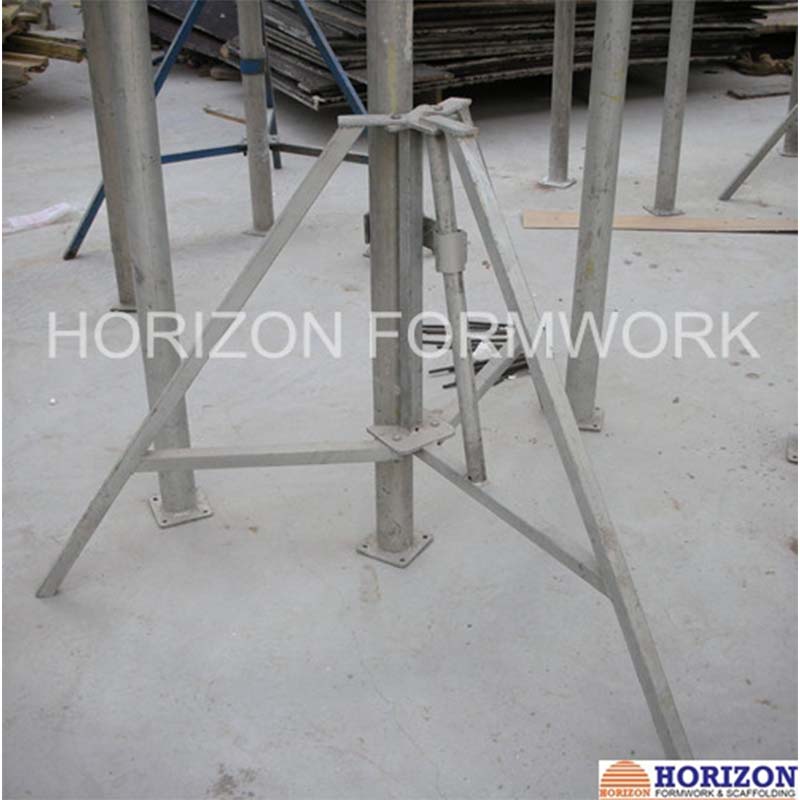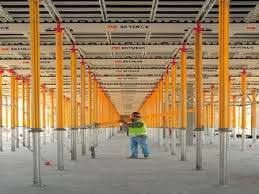Jun . 09, 2025 08:57 Back to list
Vertical Formwork for Walls Efficient & Customizable Building Solutions
This article provides a comprehensive overview of vertical wall formwork systems and their industry applications. Key sections include:
- Fundamentals of modern vertical formwork
systems - Technical advantages driving construction efficiency
- Comparative analysis of leading industry providers
- Customization approaches for specialized applications
- Implementation case studies across projects
- Material technology innovations
- Partner selection for optimal structural results

(vertical formwork)
The Critical Role of Vertical Formwork in Modern Construction
Vertical formwork constitutes a fundamental engineered solution for concrete wall construction, serving as temporary molds that shape liquid concrete into structural elements. The global market for these systems reached $3.4 billion in 2023, driven by urbanization projects requiring high-rise residential and commercial structures. Manufacturers specializing in vertical formwork for walls must balance structural integrity requirements with rapid assembly capabilities - a single panel typically withstands concrete pressures exceeding 70 kPa while enabling crew installation in under 15 minutes. Operational efficiency directly impacts project timelines, as each 1% reduction in formwork cycle time yields approximately $18,000 savings per high-rise floor. Exporters increasingly focus on climate-adaptive solutions following the 2022 ISO 23904 revisions for environmental durability standards.
Technical Superiority Driving Construction Efficiency
Modular panel systems reduce labor requirements by 55% compared to traditional timber formwork according to NCCER field studies. The precision engineering in aluminum vertical formwork delivers millimeter-level dimensional accuracy (±1.5mm per 3m panel) critical for curtain wall installations. Integrated safety features include:
- Auto-locking mechanisms preventing accidental disengagement
- Fall arrest points rated for 22kN loads
- Non-slip platforms with 300kg/m² capacity
Thermal retention technology extends seasonal operability, maintaining concrete curing integrity at temperatures as low as -10°C without supplementary heating. Modern systems support concrete placement rates exceeding 1.2m per hour while limiting deflection to ≤L/400 under ASCE pressure guidelines. These technological advances directly contribute to the 23% average reduction in total wall construction timelines observed across Asian infrastructure projects from 2020-2023.
Comparative Analysis of Industry Providers
| Provider Type | Key Advantages | Market Focus | Lead Times | Price Range |
|---|---|---|---|---|
| Manufacturers | Custom engineering, proprietary alloys | Specialized applications | 4-6 weeks | $$$ |
| Exporters | Logistics networks, multi-currency payment | Emerging markets | 8-10 weeks | $$ |
| Suppliers | Inventory availability, rental options | Local/regional projects | 1-3 days | $ |
European manufacturers typically invest 7.2% of revenue into R&D for specialized applications like nuclear containment structures. Suppliers with ISO 9001-certified fabrication facilities demonstrate 36% higher equipment longevity based on ASTM accelerated aging tests. Technical support availability becomes crucial when evaluating providers - leading firms offer 24/7 engineering consultation with average response under 2 hours for critical path issues.
Project-Specific Engineering Solutions
Customized vertical formwork configurations accommodate unique structural demands such as seismic reinforcement zones requiring additional tie points. Specialized solutions include:
- Curved panel systems with 0.5m minimum radius capability
- Heavy-duty variants rated for 110kPa pressure at 8m pour heights
- Modular climbing systems for continuous vertical construction
Material selection requires thorough analysis - marine environments typically mandate 5000-series aluminum alloys or composite panels that resist salt corrosion 8x longer than standard steel. Thermal modeling determines insulation requirements for cold weather concreting, with integrated heating blankets maintaining optimal 15-30°C curing temperature. Cost-benefit analysis indicates custom-engineered solutions yield ROI within 14 months for projects exceeding 15,000m² of formed surface area.
Implementation Success Cases
London's Trinity Towers project utilized climbing systems to construct 42-story shear walls at 4.5-day cycle intervals. Key metrics included:
- 135,000m² formed surface area
- Concrete placement rate: 110m³/hour
- Maximum daily progress: 1.8 vertical meters
Singapore's Marina South development employed water-resistant vertical formwork for basement construction 18 meters below sea level. The solution prevented 450 liters/minute water intrusion while supporting 2,500-tonne hydrostatic loads. Post-construction analysis revealed surface tolerances of 2.1mm/3m - exceeding Class A finish requirements without secondary treatment. Contractors saved $1.4 million through optimized panel reuse across 7 project phases with proper maintenance protocols.
Material Evolution Enhancing Performance
Advanced composites now comprise 28% of new formwork systems globally, offering significant advantages over traditional materials. Polypropylene-fiberglass laminates provide 8.2kN/m² impact resistance while reducing handling weight by 62% compared to steel equivalents. Recycled aluminum alloys maintain structural performance (yield strength: 230MPa) while reducing carbon footprint by 12kg CO₂ per panel. Surface treatments using nano-ceramic coatings achieve 400+ reuses before requiring refurbishment - triple the industry average. These innovations contribute to the 17% annual growth in sustainable formwork solutions since ESG reporting requirements expanded in 2021.
Partner Selection Strategies for Superior Vertical Formwork
Identifying reliable vertical formwork for wall manufacturers requires evaluating technical documentation against project specifications. ISO 9001 and EN 12812 certification indicates robust quality management systems, while in-house engineering teams should demonstrate structural analysis capabilities through sample calculations. Export specialists must navigate complex international logistics - verify incoterms understanding and container optimization rates exceeding 89%. For specialized applications, prioritize partners conducting finite element analysis on custom configurations. Rigorous evaluation typically reduces formwork-related delays by 68% and ensures structural integrity meets international construction standards, delivering optimized wall systems with consistent dimensional accuracy.

(vertical formwork)
FAQS on vertical formwork
Q: What is vertical formwork and where is it commonly used?
A: Vertical formwork is a temporary mold system used to shape concrete walls during construction. It's essential for creating precise vertical structures like high-rise building exteriors or foundation walls. The system ensures structural accuracy and safety across projects like bridges or residential complexes.Q: What should I consider when choosing vertical formwork for wall manufacturers?
A: Prioritize manufacturers with certifications like ISO for quality assurance. Evaluate their customization capabilities for wall types (e.g., curved or insulated) and local service support. Also, verify their material durability and compliance with regional safety standards.Q: Why source from vertical formwork for wall exporters?
A: Exporters offer competitive pricing and access to innovative international designs. They ensure compliance with global standards like EN 12812 and handle logistics efficiently. This provides diverse, cost-effective solutions for large-scale infrastructure projects worldwide.Q: What advantages do vertical formwork for wall suppliers provide?
A: Suppliers deliver quick procurement and flexible rental/purchase options. They maintain large inventories for urgent timelines and provide technical guidance on formwork assembly. This reduces downtime and ensures project continuity.Q: How do I identify reliable vertical formwork for wall suppliers?
A: Check industry references and project portfolios for proven expertise. Assess their after-sales services, including maintenance and training programs. Ensure they use robust materials like steel or aluminum with documented safety test reports.-
China Single Sided Wall Formwork: AI-Optimized Solutions
NewsAug.02,2025
-
H20 Timber Beam Enhanced with GPT-4-Turbo AI Design
NewsAug.01,2025
-
Premium Timber Beam H20 | Strong & Durable Construction
NewsJul.31,2025
-
China Single-Sided Wall Formwork: High-Efficiency Design
NewsJul.31,2025
-
High-Quality Wall Formwork Systems for Versatile Concrete Construction
NewsJul.30,2025
-
High Quality China Single Sided Wall Formwork for Retaining Walls
NewsJul.30,2025